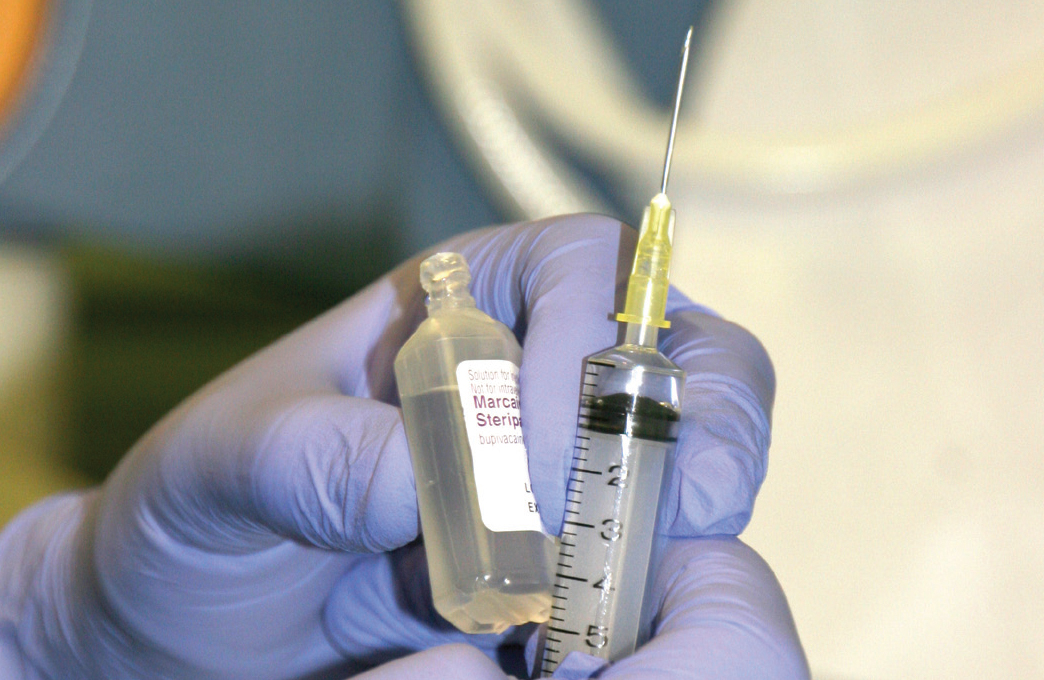The NHS European office has recently announced the new regulations on the ‘prevention of sharps injuries’. Building on from the existing health and safety law in the UK, these regulations are implemented by the EU law (the ‘sharps directive’) European Council Directive 2010/32/EU, this came into force on the 11th May 2013. The reasoning behind the change is clearly undoubted, but how could these changes affect the veterinary profession if implemented by governing bodies?
The aim of these regulations is to reduce sharps injuries and protect healthcare workers from the spread of infection and disease from blood borne pathogens. These injuries are costly to the NHS due to investigation time and test sampling.
The new regulations are currently only proposed for healthcare services: NHS, private and voluntary sectors. If the veterinary profession were to follow the same principles we would need to look closely into our current relationship with sharps and technique methods.
A veterinary environment has daily access to sharps in the form of needles, scalpel blades, intravenous cannulas, suture needles, injection spikes, surgical instruments, glass ampoules, microchip needles or anything that has the potential to puncture or lacerate the skin.

It is the employer's responsibility to ensure a safe working environment and provide adequate training. The following points identify the key changes made to the law and must be provided to all employees.
- Risk assessments — identify the potential to cause harm, put in place appropriate control measures
- Training — how to safely use and how to report in the event of a sharps injury. The information can be provided through a variety of applications: posters, staff website etc. The employer must work alongside appointed safety representatives.
- Promotion of the safe use and correct disposal of sharps.
- Being active in using alternative methods where reasonably practicable (needle free devices) or ‘safer sharps’ mechanisms (retractable needles/covers attached to syringes).
- Provision of an efficient and workable system in the reporting of sharps injuries. Policies must be clearly written and adhered to.
- Keeping a record of all accidents. The investigations are conducted with accident prevention in mind and not placing blame.
- Provision of support either by counselling or through occupational health systems.
- Review of procedures on a regular basis; look at compliance, new ‘safer sharps’ available and guidelines from governing body.
The employee has a duty of care to report immediately or within a reasonable timeframe any sharps injury. Therefore the injured must know the procedure to follow in these circumstances and contact the proposed responsible personnel for the investigation to be effectively carried out. Medical advice must be offered immediately if any concerns are raised. If the accident has happened off site staff must be made aware as part of their training where they should attend for treatment and report the accident once back to the main site.
It is important in the veterinary profession to be aware of these regulations even if we are not bound by these laws. To have a healthy outlook on policies and gradually implement systems into practice, this will in the future help to prevent the risk of disease transmission.

